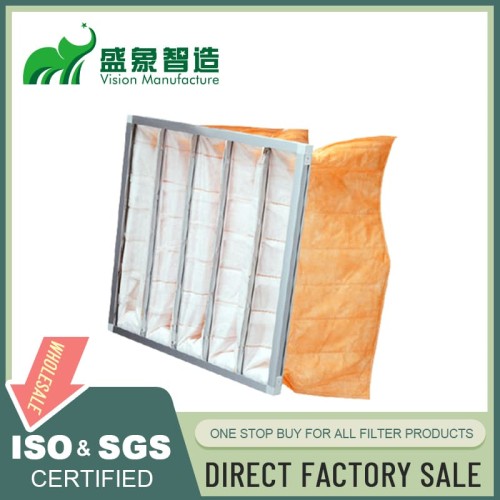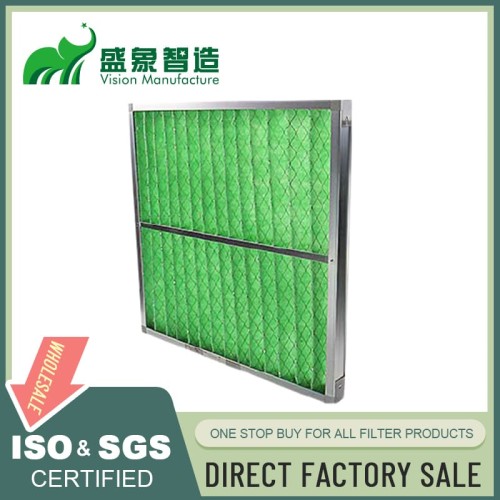
What's the difference between pre filter and medium filter
Here's an introduction to some commonly used filters in HVAC filter systems:
Pre filter: Pre filters are the first line of defense in air filtration systems. They are designed to capture larger particles such as dust, lint, and hair before they reach the main filters. Pre filters help extend the lifespan of higher-efficiency filters by preventing them from clogging prematurely. They are typically made of coarse filter media such as fiberglass, synthetic fibers, or washable materials.
Medium Filter: Medium filters, also known as pleated filters or general-purpose filters, are designed to capture smaller particles than pre filters. They provide moderate levels of filtration efficiency and are commonly used in HVAC systems to improve indoor air quality. Medium filters are available in various sizes and filtration ratings. They are typically made of pleated media with a larger surface area to increase dust-holding capacity.
High-Efficiency Particulate Air (HEPA) Filter: HEPA filters are among the most efficient filters available. They are designed to capture extremely small particles, including bacteria, viruses, pollen, and allergens. HEPA filters meet strict industry standards and have a minimum efficiency of 99.97% for particles as small as 0.3 microns. These filters are commonly used in cleanrooms, hospitals, laboratories, and other environments where high-level air purity is essential.
Activated Carbon Filter: Activated carbon filters are used to remove odors, gases, and volatile organic compounds (VOCs) from the air. They contain a bed of activated carbon, which has a large surface area and high adsorption capacity. Activated carbon filters are effective in neutralizing unpleasant odors and removing harmful chemicals present in the air.
Gas Phase Filter: Gas phase filters, also known as chemical filters or molecular filters, are specialized filters designed to remove specific gases, fumes, and chemical contaminants from the air. These filters contain various adsorbent media, such as activated carbon or impregnated materials, to target specific pollutants. Gas phase filters are commonly used in industrial settings, laboratories, and environments with specific chemical exposure risks.
Electrostatic Filter: Electrostatic filters use an electrostatic charge to attract and capture airborne particles. They are constructed with a combination of synthetic fibers and a static charge generator. The electrostatic charge helps enhance particle capture efficiency. These filters are often washable and reusable, providing cost savings and environmental benefits.
It's important to note that the selection of filters depends on the specific air quality requirements, the nature of contaminants present, and the intended application. Proper maintenance, regular filter replacements, and adherence to manufacturer's guidelines are essential to ensure the effectiveness of the filtration system and maintain optimal indoor air quality.


